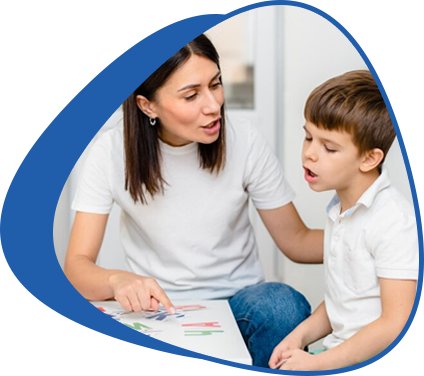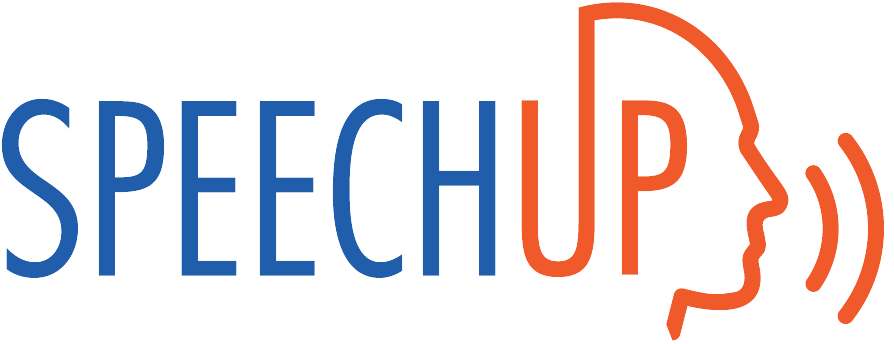ONLINE SPEECH THERAPY
Speech Therapy for Lisp
Convenient & Effective Speech Therapy


LISP SPEECH THERAPY
Delayed speech and speech disorders are often mistaken for one another, but they are quite different. However, a speech delay can sometimes precede a speech disorder. A speech delay simply means a delay in acquiring speech. There are two types: speech sound delay and language delay.
A speech sound delay occurs when a child isn’t acquiring certain speech sounds as early as expected. They may be starting to use the sounds, but haven’t fully mastered them yet. This doesn’t meet the criteria for a speech sound disorder.
A language delay happens when a child’s language development is slower than expected. The child is developing language skills, but not as quickly as their peers. Again, this doesn’t meet the criteria for a language disorder, but the child is still behind in language acquisition compared to others their age.
LISP SYMPTOMS
Do I Have a Lisp?
- Distorted "s" or "z" sounds: Lisps commonly affect the production of the "s" and/or "z" sounds. If you consistently have difficulty pronouncing these sounds and they sound distorted or slushy, it may suggest the presence of a lisp.
- Tongue placement: Lisps often involve incorrect tongue placement during speech. You might notice that your tongue protrudes between your front teeth or that there is an inappropriate airflow causing a hissing sound when attempting to produce "s" or "z" sounds.
- Self-assessment or feedback from others: You can also ask peers or family whether or not a difference in your speech is noticeable.
If you’re unsure about your speech, it’s a good idea to talk to a speech-language professional. They can evaluate your speech patterns, identify any potential issues, and let you know if you have a lisp or other speech-related concerns.


LISP CAUSES
Why do people have lisps?
There is no one cause of a lisp and in many cases the exact cause of a lisp is unknown. Some factors that may possibly cause a lisp include:
- Dental issues: an individual’s teeth can play a role in whether or not they produce a lisp. Correcting the position of one’s teeth may assist in correcting the lisp itself.
- Developmental factors: Lisps may be the result of normal variations in speech development. Some children may struggle with producing certain sounds during their early years of speech development.
- Structural abnormalities: Certain physical abnormalities in the mouth or jaw can also contribute to the development of a lisp. Sometimes, structural differences like cleft palates can play a role as well, or the size and shape of one’s tongue.
Sometimes, people develop a lisp just out of habit or because they have trouble distinguishing the /th/ sound from the /s/ and /z/ sounds. There might not be any other underlying reasons for it.
LISP DIAGNOSIS
How are lisps recognized and diagnosed?

LISP TREATMENT
How are lisps treated and how long does it take to fix a lisp?
Treating a lisp and how long it takes depends on the type and severity of the lisp. Here’s an overview of the treatment process:
Visualization: Using a mirror to see the correct mouth movements can help with treatment.
Drill/Practice: A speech-language pathologist will provide practice words containing /s/ or /z/ sounds in different positions (beginning, middle, and end).
Sentences: After mastering /s/ and /z/ sounds in words, the next step is to practice sentences that include these sounds frequently.
Read Aloud: Reading books aloud that have many /s/ and /z/ sounds is a helpful practice.
Conversational Speech: The final stage involves using the correct sounds in spontaneous conversations with both familiar people and strangers.
Following these steps consistently can significantly improve or correct a lisp.

